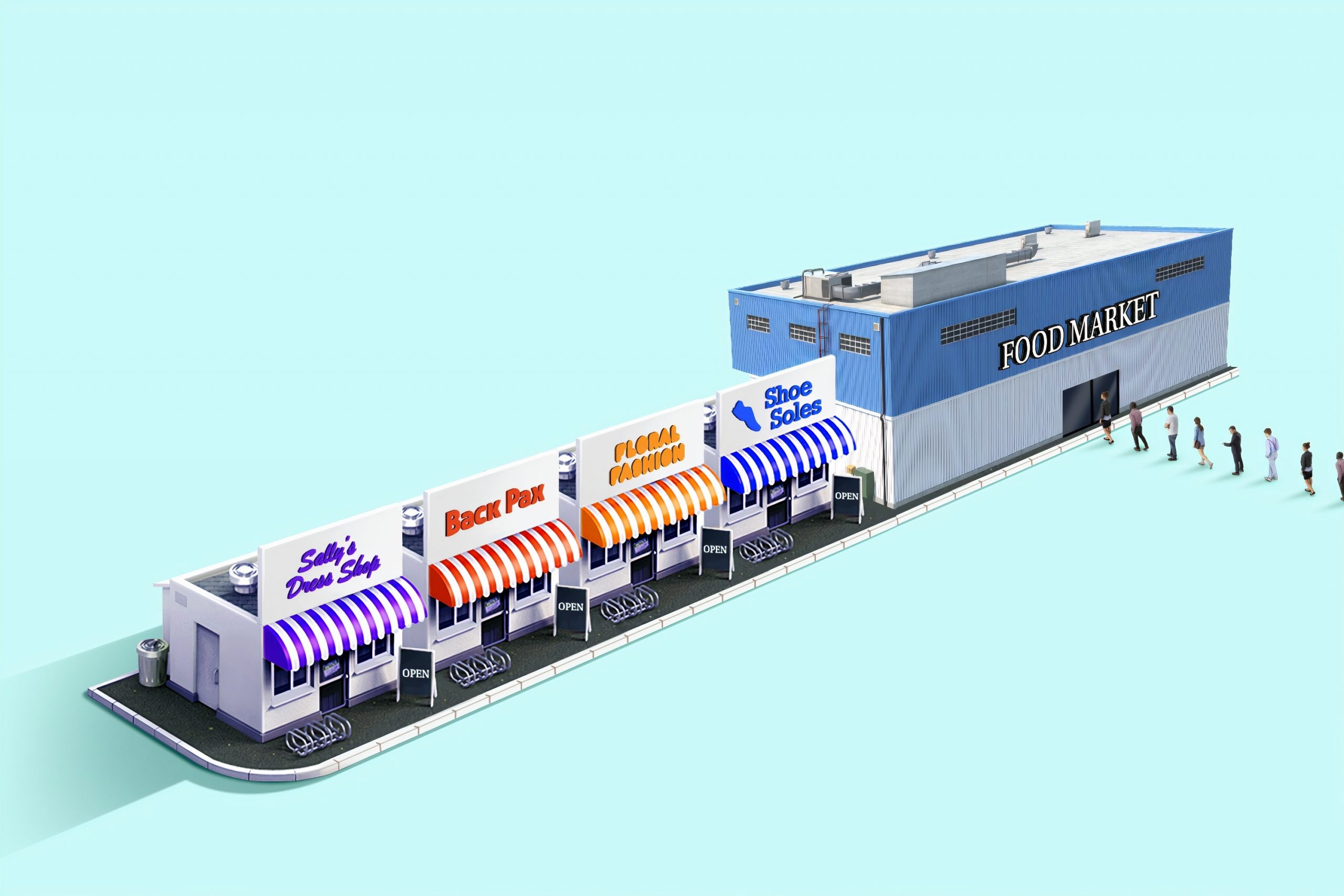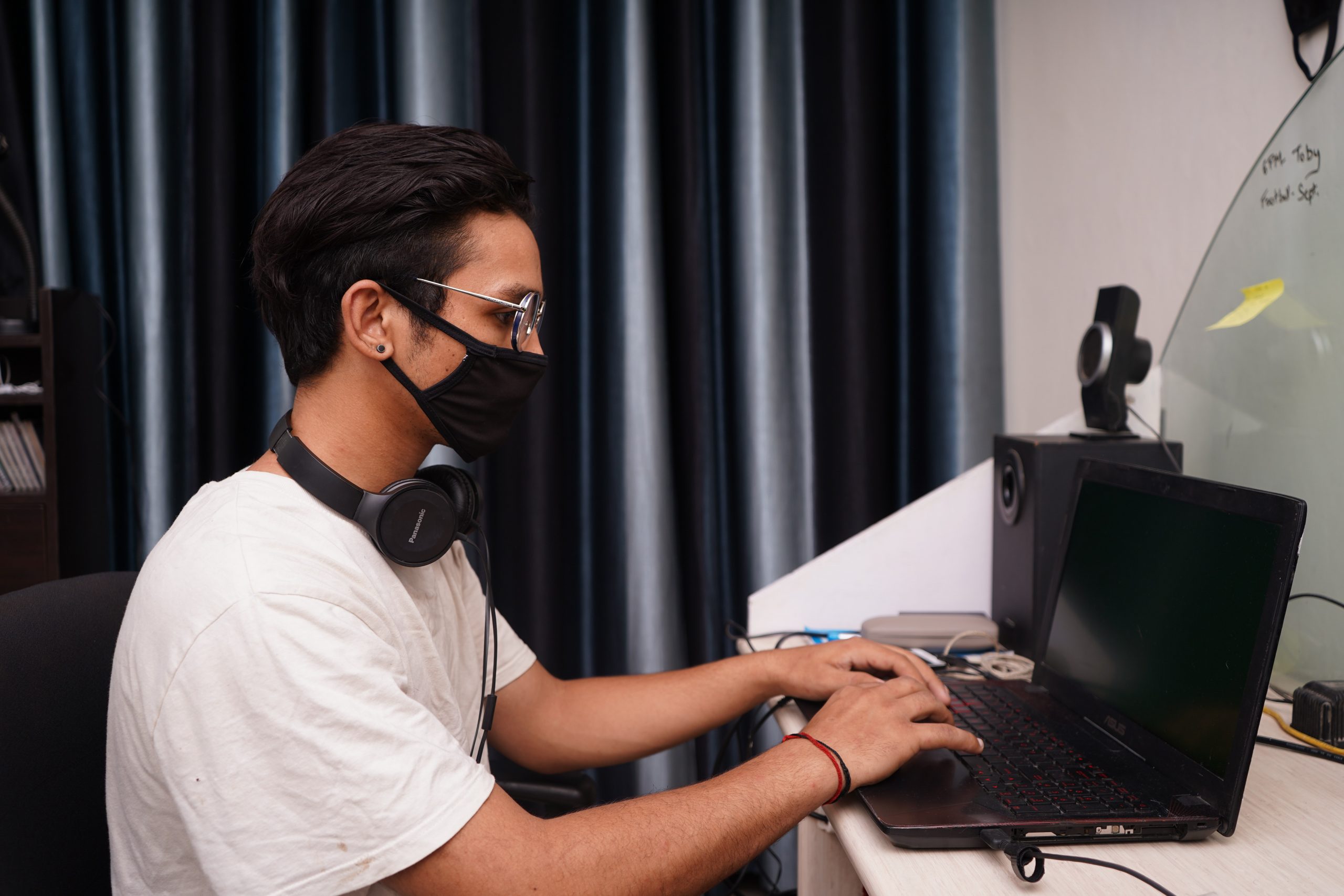The world is experiencing a global crisis that has thrown everyone for a loop. As a result, offices around the globe were forced to ask staff to work from home. Globally, businesses attempted to minimize the impact of uncertainty and fear to make the transition to remote working as smooth as possible for employees.
Thanks to technology, the transition from a physical to a virtual workspace was made a little less daunting. However, there is no replacement for the human connection that is lost while operating remotely. One of the biggest tasks that leaders face right now is keeping employees engaged and motivated. A study by Gallup emphasized that businesses with higher employee engagement are stronger and more equipped to deal with an unpredictable economy and crisis situation.
How does employee engagement lead to higher stock performance? When employees are engaged and motivated, they use discretionary effort to achieve the organization’s goals and mission. Engaged employees lead to better business outcomes. The ROI on employee engagement can be explained from the chain below.

Highly engaged teams lead to better customer service, quality products and solutions and high productivity, increased customer satisfaction, sales and profits, and higher ROI (share price, etc).
Employee engagement is extremely important to the positive outcomes and overall success of a company. However, during a crisis or pandemic where your workforce is forced to work in a remote silo, keeping employees engaged and motivated becomes quite challenging—and remote working is now the new normal. According to a Gartner study, 74 percent of CFOs recently surveyed intend to keep formerly on-site employees remote beyond COVID-19.
On one hand, organizations see the cost and productivity benefits of remote working, while on the other, they are also worried about employee well-being and engagement levels. Although challenging, strong leadership in this environment is critical. It’s imperative to master the skills of leading a remote workforce sooner rather than later.
Cloud technology has been on the frontlines in the fight against COVID-19 to keep employees connected and engaged digitally. Cloud technology has provided businesses with a robust platform to collaborate anytime, anywhere. Technology has not just made lives virtually livable during the time of mass lockdowns and social distancing, but has also enabled better business continuity.
Encourage sharing and collaboration to keep employees engaged and motivated
Organizations should encourage use of technology to enhance collaboration among its teams, especially when working virtually. These solutions enable remote working teams to share, collaborate and communicate seamlessly on daily tasks and projects, which results in happier, more satisfied, efficient and motivated teams. Improved collaboration helps cut overhead costs and improves overall communication within teams.
Additionally, these solutions help organizations imitate physical office-like settings for remote employees and ensure business as usual.
Here are four ways technology can be used to keep your employees motivated, engaged, and satisfied during a crisis.
1. Use a Microsoft Planner and never miss a deadline

With the sudden onset of COVID-19, millions of employees found themselves in an unfamiliar territory, as working from home is a completely different environment from being in an office. To make a work from home environment conducive to productivity, you must make a few key adjustments.
Further, employees should balance their daily chores, child/elderly care and other miscellaneous tasks, with their professional assignments when working from home. Hence, it becomes very important that organizations offer sharing and collaboration tools that have the capabilities for employees to plan and manage their work when working remotely. Microsoft Planner enables a user to keep their work schedule intact by providing visibility and easy tracking to not miss a task or deadline. You can easily assign a task to your team members and keep track of their progress.
2. Communicate effortlessly with Microsoft Teams
Microsoft Teams helps remote employees to do everything online – call, chat, video calls, file sharing and more. You can run your project plans with members located across globe with a “Teams” meeting, communicate instantly with fellow team members using the Group Chat, hold face-to-face virtual meetings with video calls and brainstorm on complex subjects utilizing the screen share, meeting notes and whiteboard capabilities. The tool also allows you to record meetings for future reference.
3. Leverage SharePoint Online to access the information you need quickly and efficiently
SharePoint Online is a fantastic organization-wide sharing and collaboration platform. It is a great medium to share company-specific news and updates. It maintains a repository of documents that employees can access instantly, securely and remotely.
Shared calendar functionality helps employees reference information and calendars to ascertain the availability of co-workers, before setting a meeting; and document libraries allow co-authoring and versioning to make collaboration efficient. Furthermore, custom applications can be built to fetch insightful data. SharePoint Online has stringent security features and is centrally managed by an IT team, which guarantees that organizational data stays safe.
4. Keep everyone informed during crisis with real-time updates
During times of crisis, it is essential for organizations to have a crisis communication application in place for easy sharing of organizational information, employee communication and recent updates. All of this can be addressed by Microsoft’s new Crisis Communication App (a PowerApps-based application). It enables employees to report their working from home status easily. While administrators can create company-specific content, including remote working policies, emergency contacts, company news and links to support channels. It supports RSS-based news feeds to provide real-time information from reputable sources such as the WHO, CDC or a local authority.
In the current business climate, organizations need to reassure their employees with a concrete engagement strategy to avoid any knee-jerk negative reactions. A crisis is a time to be honest, transparent and positively engage with your employees.
Collectively, these strategies will go a long way to reinforce trust in your organization and enhance employee engagement in the face of crisis and uncertainty. Whether it is IT consulting, recruitment, customer service or any other business function, using advanced technology tools will help organizations across all industry verticals to move forward with the same velocity as they did in pre-COVID.
 About the Author: Ajay Kaul is a visionary leader and trendsetter. As managing partner of AgreeYa Solutions, he has been instrumental in leading the company through solid growth and international expansion for the past 20 years.
About the Author: Ajay Kaul is a visionary leader and trendsetter. As managing partner of AgreeYa Solutions, he has been instrumental in leading the company through solid growth and international expansion for the past 20 years.
Kaul has three decades of experience in building powerful and innovative solutions for businesses across various industries and verticals. His expertise and knowledge span across enterprise sales management, marketing and strategy, global delivery, mergers and acquisitions.










